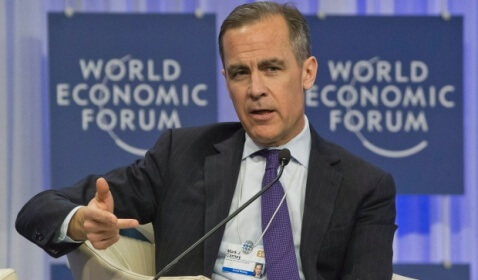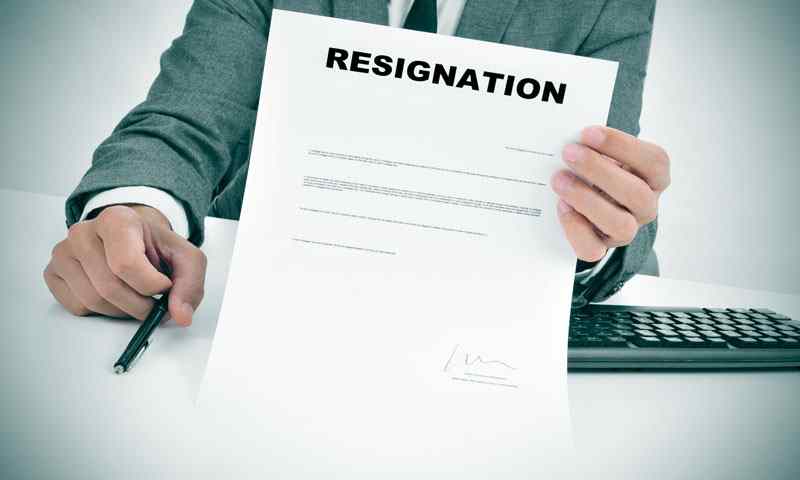Mark Carney, the Governor of the Bank of England since July 2013, is seeking to defend the integrity of an institution that, according to Bloomberg News, has become embroiled in a currency-manipulation scandal.
Established in 1694, The Bank of England is the second oldest central bank in the world, after the Sveriges Riksbank, and the world’s 8th oldest bank. It is the central bank of the United Kingdom and the model on which most modern central banks have been based.
Mark Carney will reportedly face tough testimony, along with Markets Director Paul Fisher, who will appear before Parliament’s cross-party Treasury Committee in London to answer questions on the foreign-exchange inquiry and the central bank’s governance.
A Labour Party member of the Treasury Committee, Pat McFadden, reported that according to Bloomberg News, the Bank of England can’t be its own “judge and jury” and Carney must bring in “someone truly independent to oversee this process.”
He also stated that “The committee is very concerned,” and that “We hope he understands what’s at stake in terms of reputation.” CBC News reported that last week the Bank of England announced the suspension of an unnamed official.
According to a May Euro money survey more than 20 traders from banks including Deutsche Bank AG, Citigroup Inc. and Barclays Plc have been fired, suspended or put on leave since Bloomberg News first reported in June that dealers said they shared information about client orders to manipulate foreign-exchange benchmark rates.
The Bank of England is the 15th-largest custodian of gold reserves, holding around 4600 tonnes. These gold deposits were estimated in February 2012 to have a current market value of ÂŁ156,000,000,000. The vault is located beneath the City of London and covers a floor space greater than that of the second-tallest building in the City, Tower 42, and needs keys that are three feet long to open.
Image credit: www.cbc.ca/news







































